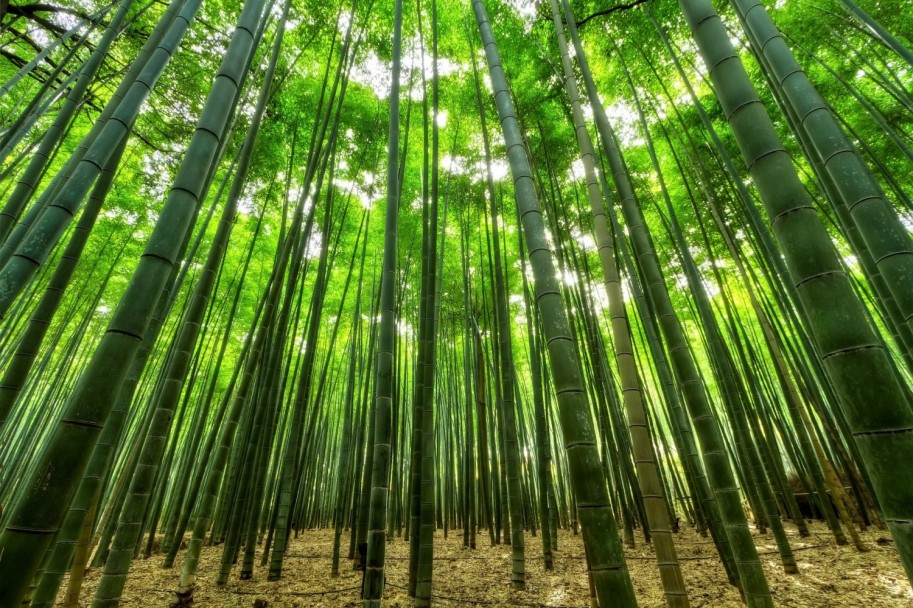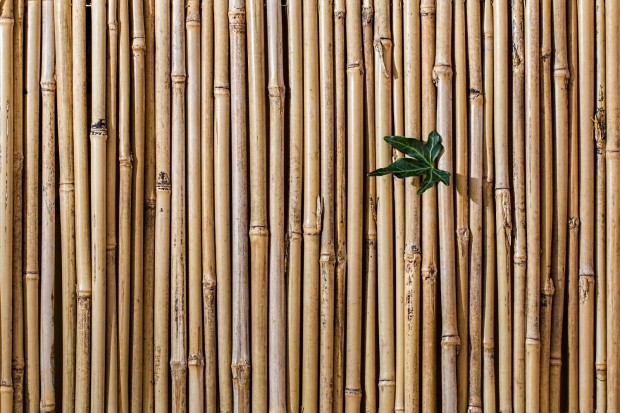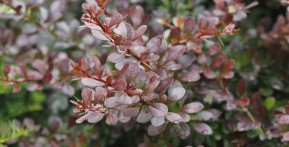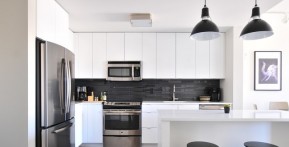
In Asia, the Philippines is one of the countries that produce most bamboo. This fastest growing plant is an eco-friendly and sustainable material often used for a wide range of decorative and structural projects. However, bamboos are rarely used to build homes as it is considered "a poor man's material."
In the efforts to change this misconception about bamboo, Base Bahay Foundation, Inc. promotes bamboo as an alternative building material for socialized and sustainable housing in the Philippines.
In an e-mail interview with BusinessWorld, Base Bahay Foundation president Maricen Jalandoni said bamboo is an ideal building material, especially for those living in places vulnerable to disasters and informal settlements.
"What we want to change with this misconception is that bamboo, just like any other material, can be used just as well for strong structures when used properly and with the sufficient technology," Jalandoni said.
"The Philippines has both the bamboo - a resource that grows incredibly fast and is freely available - and the complexities of a developing country with challenges on housing and natural disasters," she added.
Bamboo Development
To promote the use of bamboo for sustainable housing, Base Bahay Foundation collaborated with Hilti Foundation and other non-governmental organizations in developing new bamboo building techniques.
This includes a cement-bamboo frame technology - a prefabricated frame system that combines load-bearing bamboos, metal connection, and mortar cement plaster. Base Bahay Foundation head of technology Luis Lopez said it is also used to test the raw material's durability and reliability.
"This system is also tested for resistance to earthquakes, typhoons, fires, and insect infestation," Lopez explained.
One of the disadvantages of using bamboo in homes is termite infestation. To address this problem, Base Bahay also developed a treatment process to eliminate bamboo starch, and they also created a solution to protect the bamboo from termites.
The foundation even put its bamboo game to the next level by opening a Base Innovation Center (BIC), considered as the "first research and testing facility for sustainable and disaster-resilient construction technologies" in the country.
The center includes bamboo testing machines, a bamboo wall panel reaction frame, fabrication tables, and a model house to test new materials and building techniques.

Low-Cost Sustainable Housing
Besides being a sturdy material for sustainable housing, Base Bahay said that the cement-bamboo frame house is 15 to 20% more affordable than the conventional materials, but it produces the same quality.
It is also environment-friendly as cement-bamboo frame houses produce 74% less environmental impact than traditional concrete material.
"In absolute terms, this relates to a reduction of 9.3 tons of carbon monoxide CO2 equivalents over a service life of 25 years," Lopez explained.
A typical 25 sq.m house made of cement-bamboo complete with kitchen, bathroom, and bedroom can have an estimated cost of P225,000 or $4,700.
When the country was hit by super typhoon Yolanda (Haiyan) in 2013, Base Bahay, together with Hilti Foundation and the United Nations Economic and Social Commission for Asia and the Pacific, helped build over 800 homes in Estancia, Iloilo.
Jalandoni said that the foundation is looking into building 10,000 more cement-bamboo frame houses in Negros Occidental.
READ MORE: Stonehenge Doppelganger in Australia For Sale at $2.35 Million













